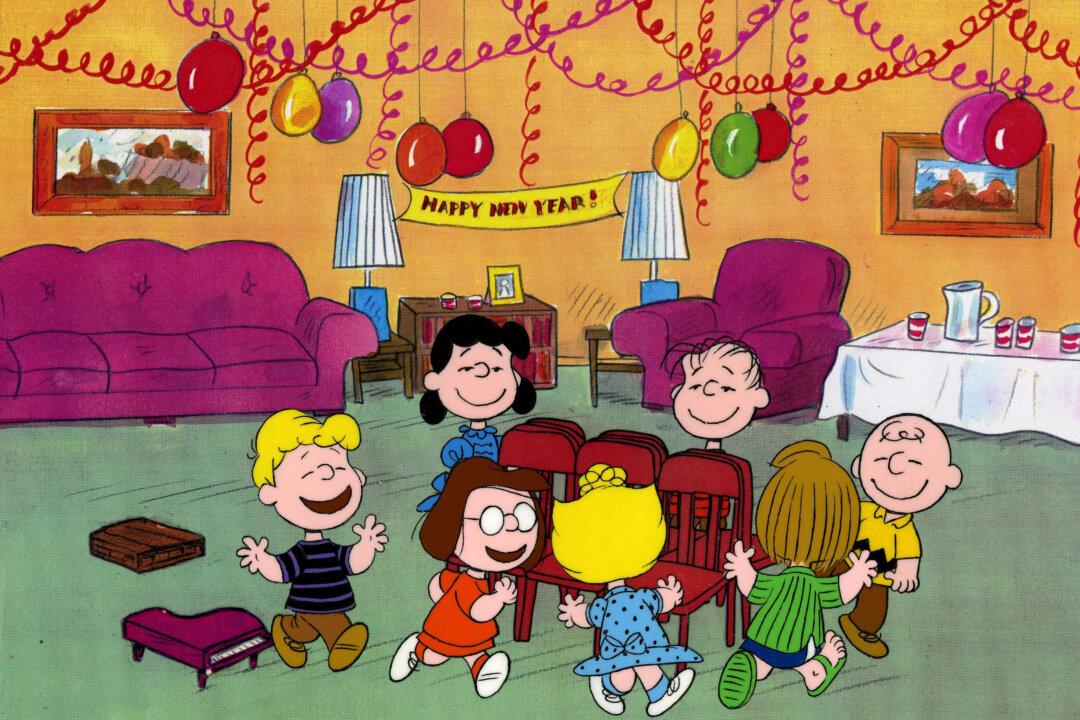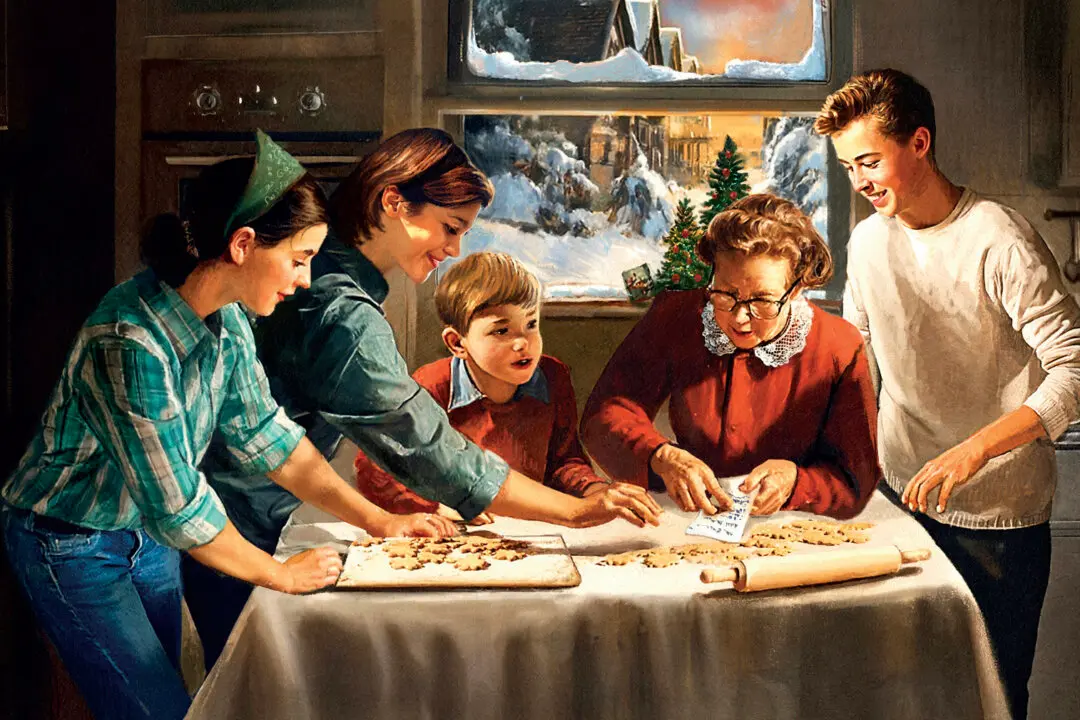A few months ago, I went with a friend to see a local performance of “You’re a Good Man, Charlie Brown.” Although generally familiar with the Peanuts characters, I had never seen the musical before, and came away rather amused by all the philosophical truths sprinkled throughout the simple script and songs.
It wasn’t until several weeks later, however, that I was struck by the meaning of one of the final numbers, “Happiness.” The lyrics are basically a laundry list of the things that bring joy to the lives of the elementary-school-age characters: Charlie Brown, Lucy, Linus, Sally, and others.






